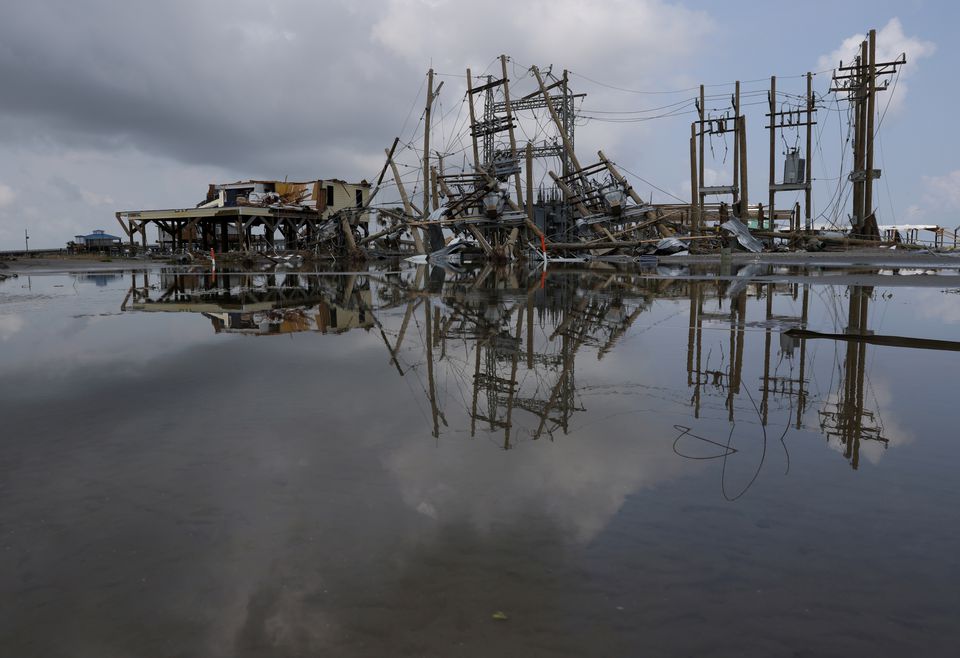Before Hurricane Ida lost electricity to most of Louisiana, leaving people in the state exposed to severe heat and humidity, the chief executive of Entergy, the state’s largest utility provider, assured Wall Street that the firm was updating power lines and equipment to better survive major hurricanes.
During a conference call with financial analysts on August 4, Entergy CEO Leo P. Denault stated that the company was focusing on increasing the system’s resilience. He also stated that the company was replacing its towers and poles with equipment that would be able to withstand higher wind loads and flood levels.
Mr. Denault’s claims would be put to the test in the near future. Entergy suffered a devastating blow when Hurricane Ida made landfall in Louisiana on the final Sunday in August. Many of Entergy’s transmission lines, transmission towers and transmission poles had been put in place decades earlier to withstand considerably weaker storms. A significant amount of the infrastructure had not been updated or replaced with more contemporary equipment capable of withstanding the 150 mile-per-hour wind gusts that Ida brought to bear on the state.
A storm like Ida would have presented a significant challenge to any electrical infrastructure that has been in place for many decades and includes a mix of old and modern technology. However, several energy experts believe that despite what Entergy officials have said regarding attempts to improve its network, the company was obviously unprepared for the Category 4 hurricane.
The hurricane caused damage to eight high-voltage transmission lines that provide electricity to New Orleans, as well as a large number of the company’s transmission towers throughout the state. For many days, hundreds of thousands of households and businesses were without electricity.
According to an analysis of regulatory filings and other company records conducted by McCullough Research, a consulting firm based in Portland, Ore., a lot of Entergy’s transmission equipment.
A professional organisation whose recommendations are widely followed by utilities and other sectors advises that power firms operating in hurricane-prone regions build equipment that can survive severe storms and rapidly restore service when systems fail. Large transmission equipment, for example, should be built to resist winds exceeding 150 miles per hour in coastal regions such as Louisiana, according to the document.
Several decisions made by Entergy, which provides electricity to three million customers in Louisiana and three other states before Hurricane Ida struck are now being scrutinised as regulators, lawmakers, and residents try to figure out why so many people were left without power for such a long period of time. A hearing has been set on Wednesday before the New Orleans City Council, which is in charge of overseeing Entergy’s operations in the city.

